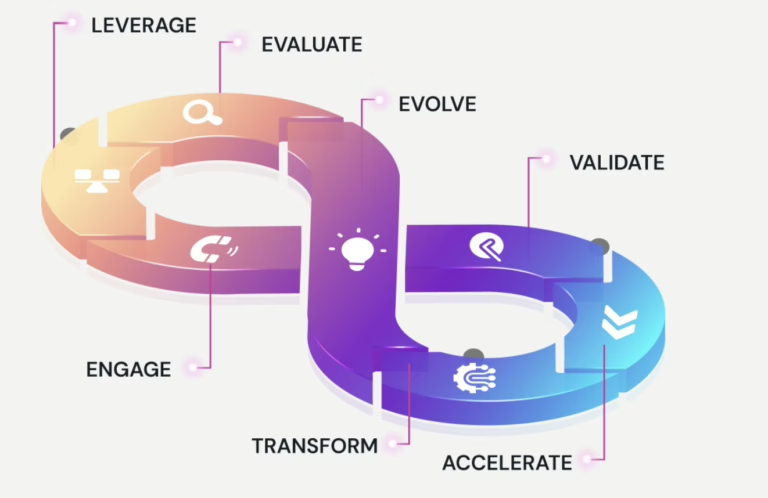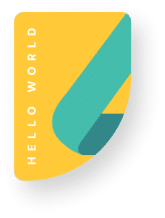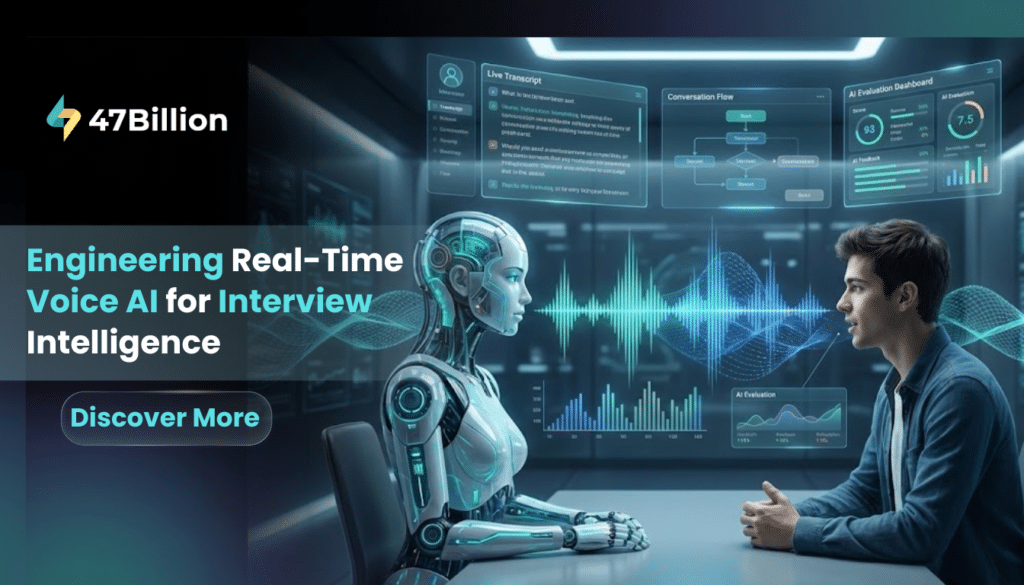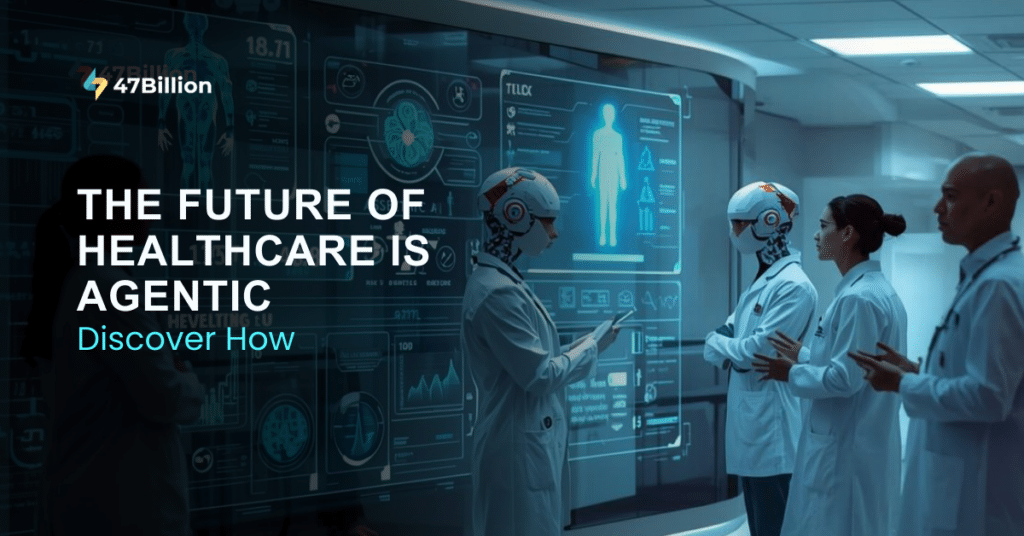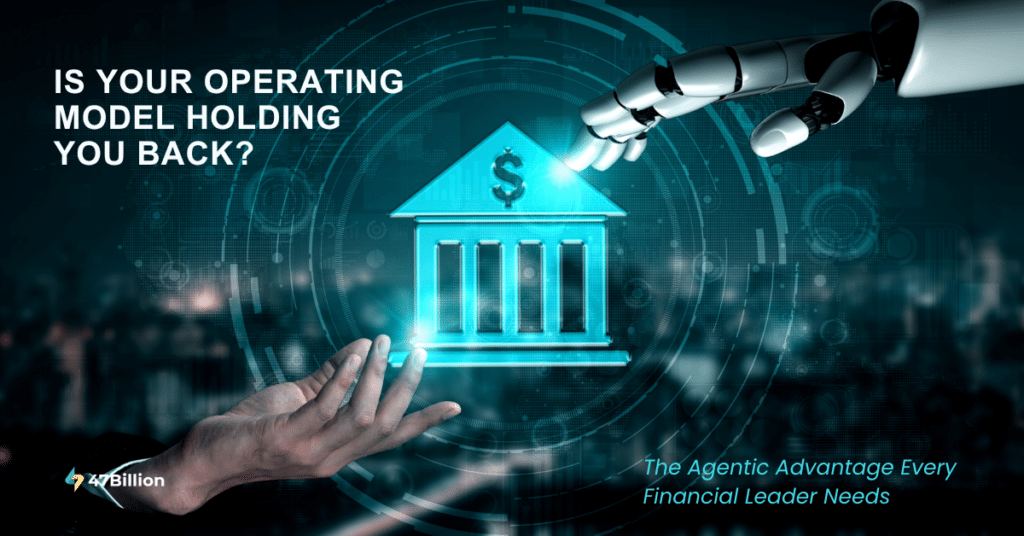In hospitals and health systems across the globe, enterprise AI solutions for healthcare are no longer a future concept—they’re already deployed. Triage bots assess symptoms in the emergency room. Natural language processing tools extract insights from clinical notes. Discharge planners use analytics to estimate length of stay and readmission risk.
Yet, despite these advancements, most AI deployments remain isolated—siloed within departments, disconnected from surrounding workflows, and often duplicating data collection and analysis.
The result? A fragmented AI landscape that fails to deliver on its promise of intelligent, scalable healthcare transformation.
As health systems push for operational efficiency, value-based outcomes, and clinician support, it’s time to rethink the AI strategy—not as a series of standalone tools, but as a cohesive ecosystem of intelligent, agentic components that collaborate across the continuum of care.
The Problem with Point Solutions
The current healthcare AI environment is marked by narrow, use-case-specific tools –
- A chatbot for appointment booking
- A recommendation engine for imaging prioritization
- An automation script for coding claims
Each tool may solve a discrete problem, but when deployed independently, these fragmented AI tools vs. orchestrated frameworks often lead to—-
- Redundant data entry
- Workflow bottlenecks
- Alert fatigue
- Missed handoffs between systems
For example, an ER triage system may correctly identify a high-risk patient, but if that risk isn’t communicated to downstream care coordination platforms or follow-up monitoring systems, the insight is lost.
The issue isn’t the AI itself—it’s the lack of orchestration.
From Tools to Ecosystems: Why Agentic Integration Matters?
An AI-agentic ecosystem refers to a distributed system of intelligent software agents, each performing specialized tasks, but connected by shared data models, APIs, and orchestration logic. These agents operate across departments and decision points—intelligently collaborating to support the entire healthcare journey.
Key Advantages:
- Continuity of intelligence: Insights don’t stop at departmental boundaries.
- Speed and automation: Agents can trigger downstream actions without manual prompts.
- Clinical and operational synergy: Administrative and clinical workflows are aligned, reducing friction.
- Adaptive learning: As more agents interact, system-level intelligence improves over time.
Designing Agentic Ecosystems: Principles That Work
To move from fragmented tools to orchestrated ecosystems, healthcare organizations must embrace a few core design tenets:
1. Modular Agent Design
Each AI agent should be focused on a single function (e.g., triage, risk scoring, discharge planning), but be designed to communicate fluidly with other agents using APIs, events, or shared data lakes.
2. Composable Architecture
Systems should be built with plug-and-play capabilities—allowing agents to be added or upgraded without breaking workflows. Think of this as an AI microservices model.
3. Workflow-Oriented Intelligence
Design agents around care pathways, not just static data models. For instance, a post-op agent should consider surgical notes, medication regimens, mobility status, and upcoming check-ins—not just a generic discharge template.
Technical and Infrastructure Considerations
Interoperability Is Non-Negotiable
The ecosystem must support:
- FHIR and HL7 standards
- Data engineering for real-time AI orchestration via event streaming (e.g., Kafka, Pub/Sub)
- API-first integration with EHRs, CRM systems, and IoT/wearables
Orchestration Layer
To coordinate agent behavior, implement an AI orchestration layer that manages:
- Agent discovery and interaction rules
- Policy enforcement (e.g., escalation thresholds)
- Logging, auditing, and explainability tracing
Governance & Compliance
Build governance frameworks that ensure:
- Model validation across all agents
- Role-based access control
- Alignment with HIPAA, GDPR, and local privacy standards
A Real-World Scenario: AI Ecosystem in Post-Surgical Recovery
Let’s explore how this works in practice.
Situation:
A patient has just undergone orthopedic surgery.
Agentic Workflow:
- Surgical Summary Agent parses operative notes and flags potential complications.
- Recovery Plan Optimizer suggests a personalized rehabilitation schedule.
- Scheduling Agent coordinates follow-up appointments with PTs and surgeons.
- Monitoring Agent tracks mobility data from the patient’s wearable device.
- Alerting Agent escalates if the patient fails to meet movement milestones or reports unusual pain.
Each agent acts autonomously, yet their outputs and decisions are orchestrated—creating a unified, adaptive recovery pathway for both patient and care team.
Organizational Implications: Rethinking Your AI Strategy
Shifting from point tools to ecosystems requires a change in how healthcare leaders plan and procure AI:
- CIOs and digital leaders must invest in foundational interoperability and orchestration architecture.
- Product and innovation teams should prioritize agents that are interoperable and modular.
- Operational leaders must facilitate change management, training, and cross-department collaboration.
Conclusion: Architecting the Self-Driving Healthcare System
Healthcare doesn’t need more dashboards. It needs intelligent systems that sense, decide, and act—together.
Moving from isolated tools to AI-agentic ecosystems unlocks:
- End-to-end workflow automation
- Reduced delays and administrative overhead
- Better outcomes through continuity of intelligence
The healthcare system of the future won’t be built from a patchwork of apps. It will be orchestrated—intelligently, ethically, and holistically.
Talk to our AI experts to architect your AI-agentic ecosystem.
Let’s explore how your organization can scale intelligence across every department and decision point.

